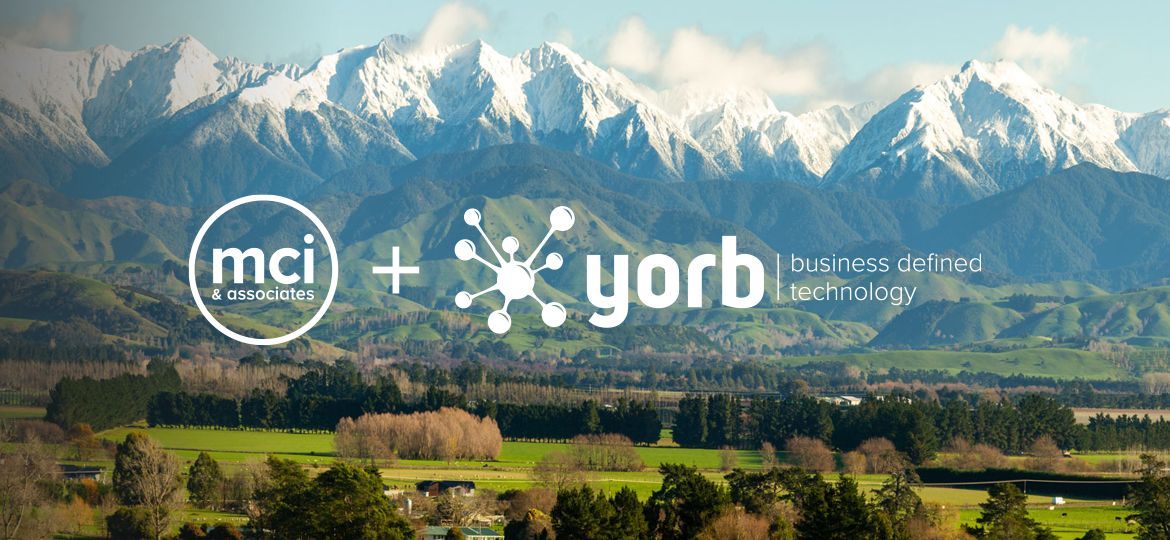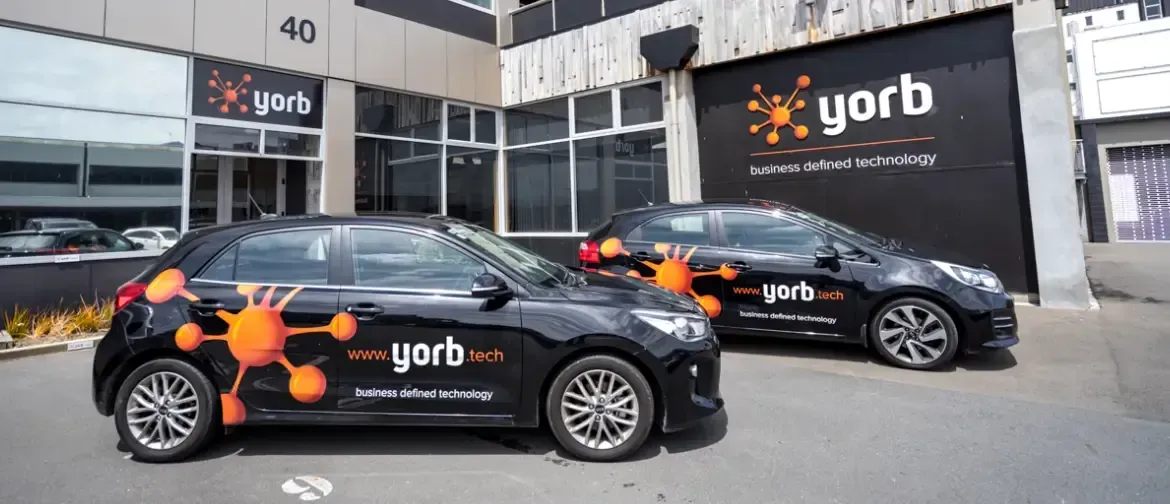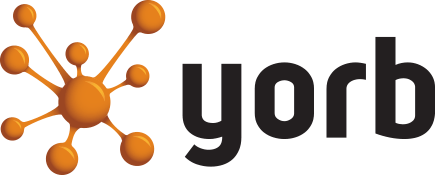Navigating End-of-Life Systems and Hardware: Strategies for a Smooth Transition
Rich Marshall • August 15, 2023
In the ever-evolving landscape of technology, the inevitability of end-of-life (EOL) systems and hardware presents intricate challenges for businesses. Embarking on this journey with a blend of insight and professionalism, let’s explore a range of strategies, each presenting a distinct pathway forward, accompanied with its own array of advantages and considerations.
Strategy 1: The Procrastinator's Paradigm
Why fix it if it ain't broke?"
The Procrastinator's Paradigm embodies calculated risk-taking, focusing on prolonging the lifespan of current systems. Benefiting from time and modest upfront investment, this path, however, comes with the shadow of missed chances for heightened efficiency and amplified security. The range of vulnerabilities and potential system failures adds weight to this choice.
Strategy 2: The Budget Optimisation Approach
"Penny-pinching pays off! Or does it?"
A world where resourcefulness reigns supreme. This strategy offers the allure of cost-effectiveness, embracing pre-loved hardware and redirecting savings. Yet, tread carefully, for reliability concerns and compatibility quagmires with newer software lurk beneath the surface, and performance might dance on a precarious edge.
Strategy 3: The "Big Bang" Upgrade
"Out with the old, in with the new!"
For the bold and ambitious, the "Big Bang" Upgrade is a symphony of transformation, offering streamlined operations and access to cutting-edge features. While this approach promises transformative benefits, the upfront financial investment can be substantial. Furthermore, organisations must prepare for potential temporary disruptions as their teams adapt to the new technological landscape.
Strategy 4: The Incremental Evolution
"Baby steps lead to big results."
The Incremental Evolution approach involves a step-by-step migration towards modernisation, with the aim of minimising operational disruptions. This strategy carefully manages the transition by phasing out devices over time. However, organisations must effectively navigate the complexities of maintaining mixed environments and resource allocation throughout the process.
Strategy 5: The Cloud-Infused Revolution with Windows Virtual Desktop (WVD)
"Elevating Performance Through Advanced Virtualisation"
Enlisting the prowess of Windows Virtual Desktop (WVD), the Cloud-Infused Revolution strategy propels the shift towards Azure-hosted virtual machines. This extension of application lifespan magnifies both scalability and flexibility while reducing the imprint of physical hardware. Nonetheless, it is imperative to preempt potential performance constraints and weigh the costs associated with WVD software. This strategic journey bridges the realms of legacy systems and cloud innovation, ushering in heightened efficiency amid the ever-changing technological panorama.
Strategy 6: The Cloud Migration
"Embracing Scalability and Accessibility"
The Cloud Migration approach shifts operations to cloud services, offering scalability, cost efficiency, and improved accessibility. While this strategy aligns with contemporary possibilities, it necessitates a thorough examination of data security concerns, ongoing subscription expenses, and the reliance on stable connectivity.
Strategy 7: The Expert Collaborative
"Guided Transition with Professional Insight"
The Expert Collaborative strategy involves seeking external expertise to facilitate a smooth transition. This approach provides access to specialised tools and professional support, potentially minimising risks and disruptions. However, it comes with the consideration of additional financial investment and the need to balance the delegation of control over the transition process.
Strategy 8: The Device Leasing Cycle - Sustainable Technology Refresh
"Seamless Renewal for Cutting-Edge Efficiency"
The Device Leasing Cycle embodies a sustainable approach, where clients finance devices via leasing, embracing modern technology benefits. As leases near conclusion, the option to transition seamlessly to new devices under a fresh agreement beckons. This strategic approach ensures access to cutting-edge technology, all while relieving the ownership burden. Embracing this cycle optimises operational excellence, minimising technological obsolescence, and resource allocation. This strategy empowers businesses to adapt nimbly in the digital age, fostering innovation and prudent resource management.
Navigating the Seas with Yorb
As your organisation embarks on the journey through the intricate waters of end-of-life transitions, Yorb stands ready to be your steadfast guide. We have the tools, reporting and team that can assist you in selecting the most suitable strategy, ensuring a seamless and successful transition of systems and hardware.
The path to a seamless transition is paved with insightful deliberation and informed decisions. Regardless of the chosen approach, whether the deliberate steps of the Incremental Evolution or the comprehensive transformation of the “Big Bang” Upgrade, we’re committed to supporting your journey, enabling your business to navigate the complex realm of EOL transitions with confidence.
Guided by expertise, driven by excellence, your prosperous transition awaits!
Recent Posts




